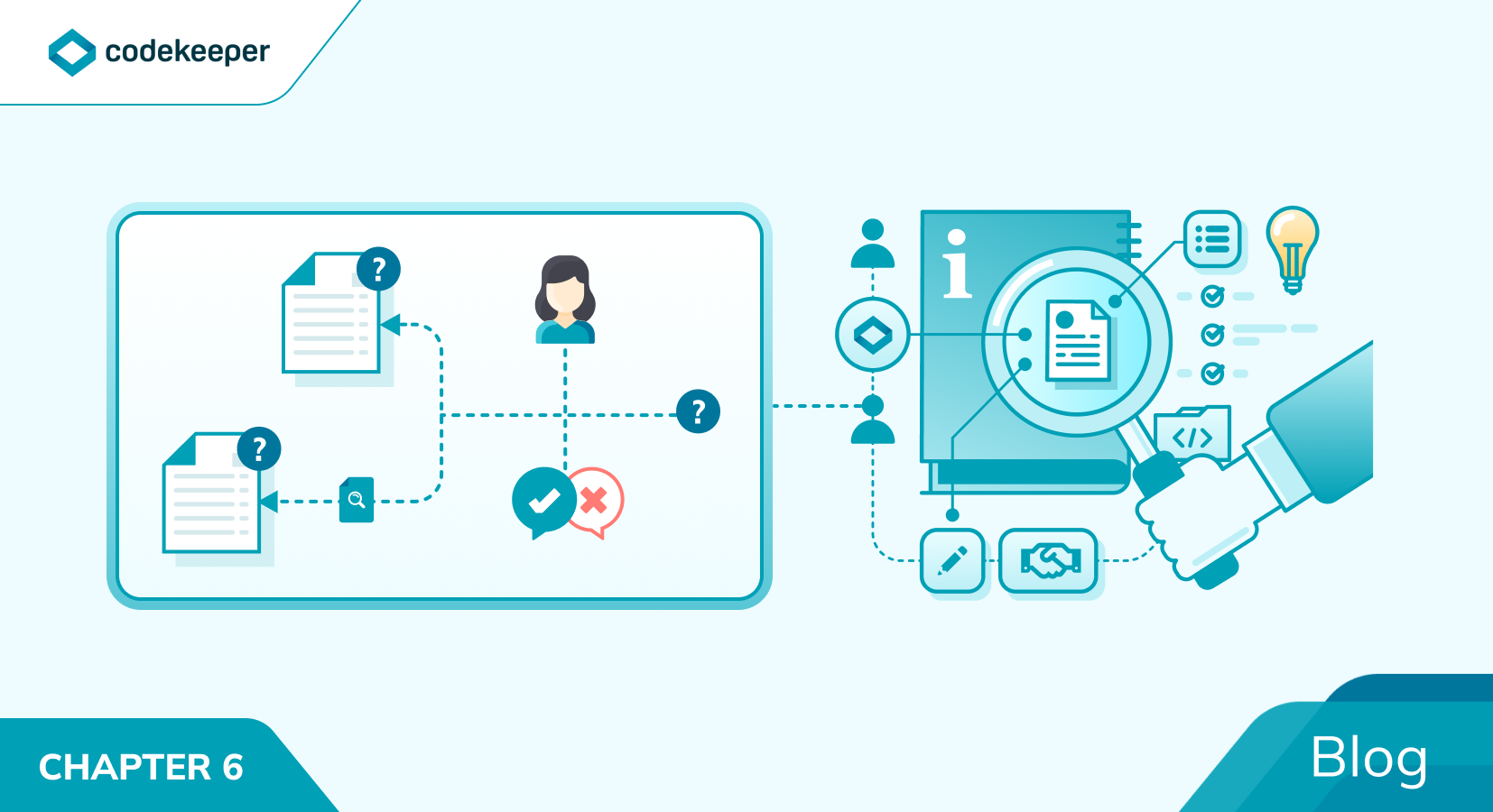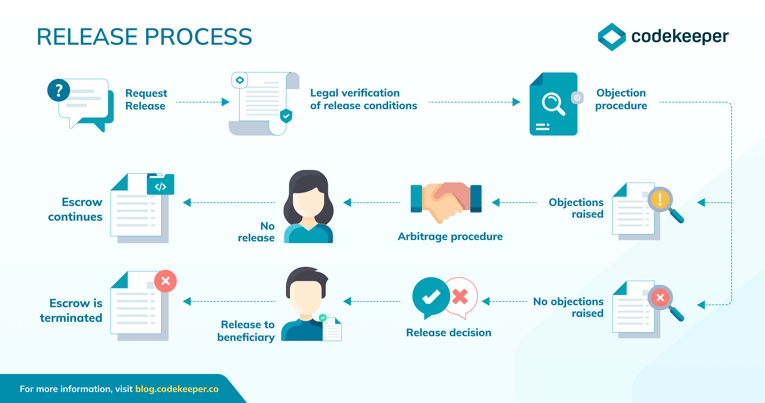The Ultimate Guide to Software and Source Code Escrow - Chapter 6
So we've caught up on Software Escrow and all the ins and outs. But what are some release conditions?

By Content Team
What are some examples of release conditions?
So we’ve caught up on Software Escrow and all the ins and outs. But what are some release conditions that can be incorporated in a Software Escrow agreement?
Parties to the agreement are free to negotiate any release terms that can be validated independently by the escrow agent. Most commonly, however, these terms revolve around the licensor's financial or operational standing. A release may be triggered if, for example, the licensor enters voluntary or involuntary bankruptcy, or if the licensor fails to operate in the ordinary course of business (OCB).
Two other very common “custom” release terms that are requested by beneficiaries are that the material in escrow be released in case the vendor is acquired by another company, or if the provider fails to fix an error in the system within a given time frame.

Once a release event occurs, the beneficiary will request that the escrowed material be released to them. The licensor is then informed in writing by the escrow agent that a request for the release of escrowed materials has been received. They are typically given a notice period to contest whether the release condition in question has actually been met. If the licensor fails to justifiably contest the release in a timely fashion, the escrow agent releases the deposited materials to the beneficiary and terminates the escrow.

This article is part of the FREE Ebook:
The Ultimate Guide to Software and Source Code Escrow
Do you want to be the first one to know when the Ebook is published? Subscribe to our newsletter here .



